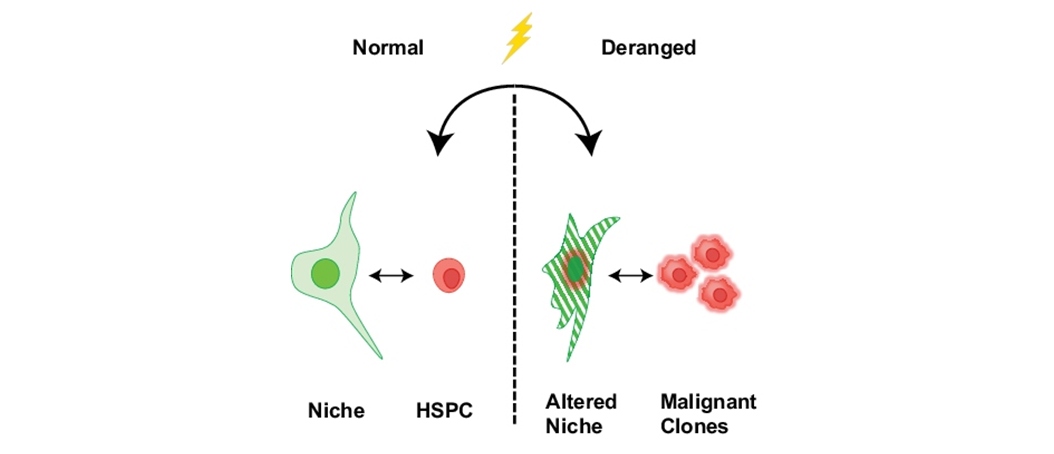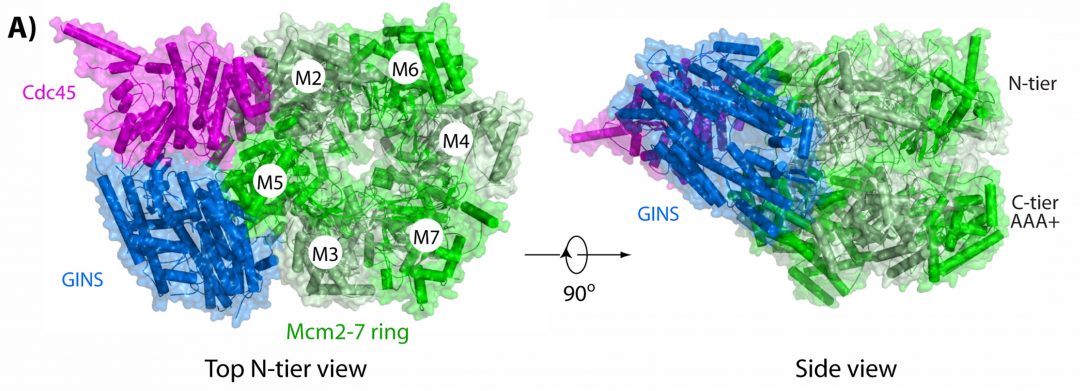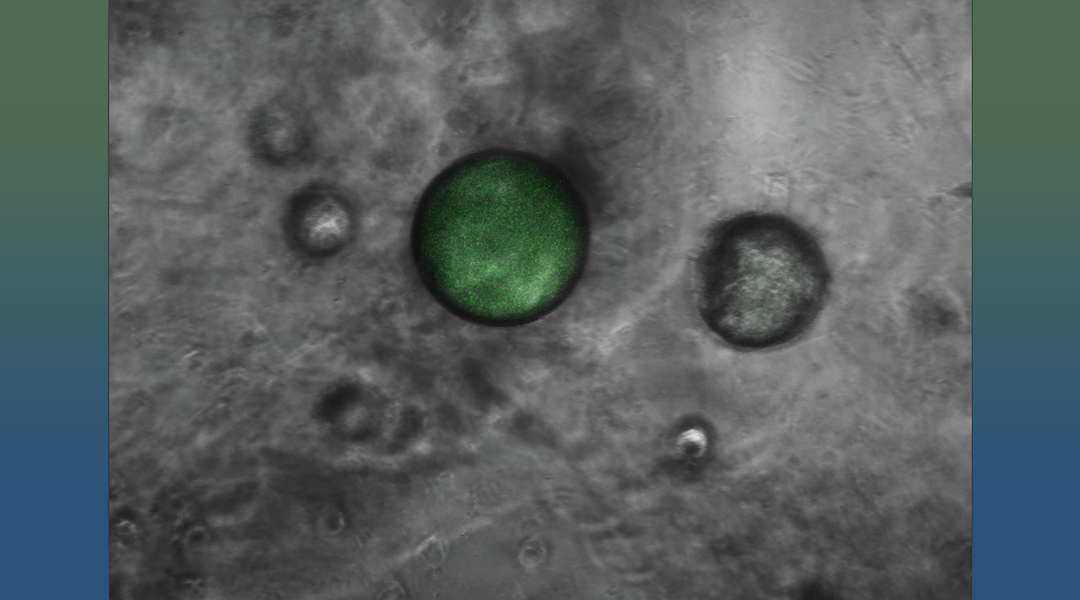Recent findings on the roles and identity of the bone marrow microenvironment and how these niches might be targeted in the case of diseases are discussed.


Recent findings on the roles and identity of the bone marrow microenvironment and how these niches might be targeted in the case of diseases are discussed.
In the “golden age” of molecular microbiology, modern molecular tools enable researchers to understand freshwater microbial communities in unprecedented detail by identifying and enumerating them, as well as determining their activity in the environment.

In their review in BioEssays, Huilin Li and Michael O’Donnell discuss recent findings about the structure and function of the eukaryotic CMG helicase.

Group I intron-based trans-splicing ribozyme specifically recognizes disease-specific RNA, removes the sequence downstream of the target site, and replaces it with a 3’-exon encoding a therapeutic/reporter RNA sequence, inducing therapeutic/reporter activity selectively in the target RNA-expressing cells.
There are several striking and problematic features of typical climate imagery from the perspective of engaging with wider audiences. Most notably, there is an absence of human stories – those that show ordinary and relatable humans engaging with the issue of climate change.

Synthetic cells that function as autonomous systems for producing an anti-cancer protein inside the body are developed.

Modifications to chromatin are associated with the development of metabolic diseases, including Type 2 diabetes and obesity. There is evidence that these chromatin modifications can lead to long-term disease risk and increased disease risk for offspring.

The current special issue in Macromolecular Bioscience is published on the occasion of Professor Karel Ulbrich’s 70th birthday

In their review in BioEssays, Jean Peccoud and colleagues discuss the challenges and prospects of analyzing horizontal transfer of transposable elements on a large scale.

Cold-inducible RNA binding protein (CIRP) in human cancers is reviewed, where it has been implicated in tumor suppression and promotion.